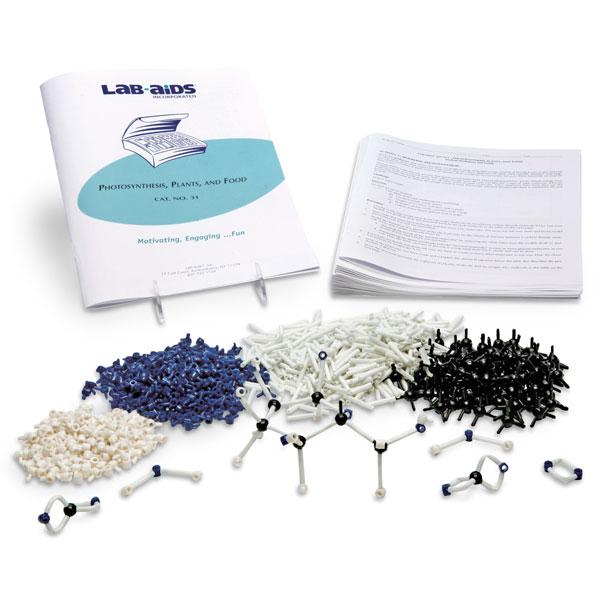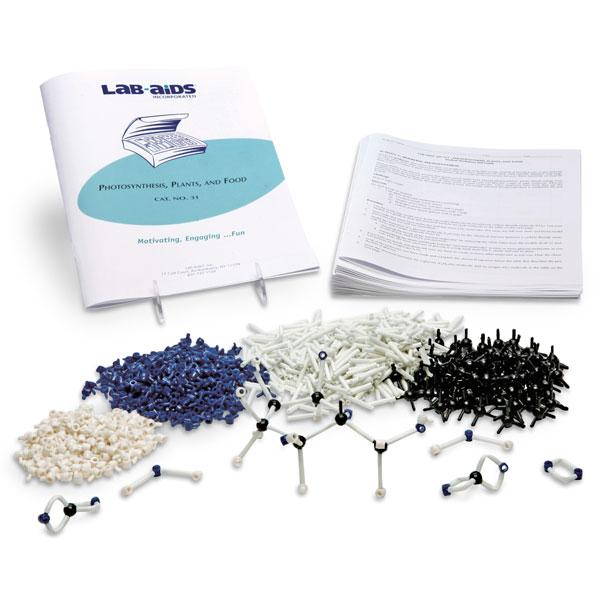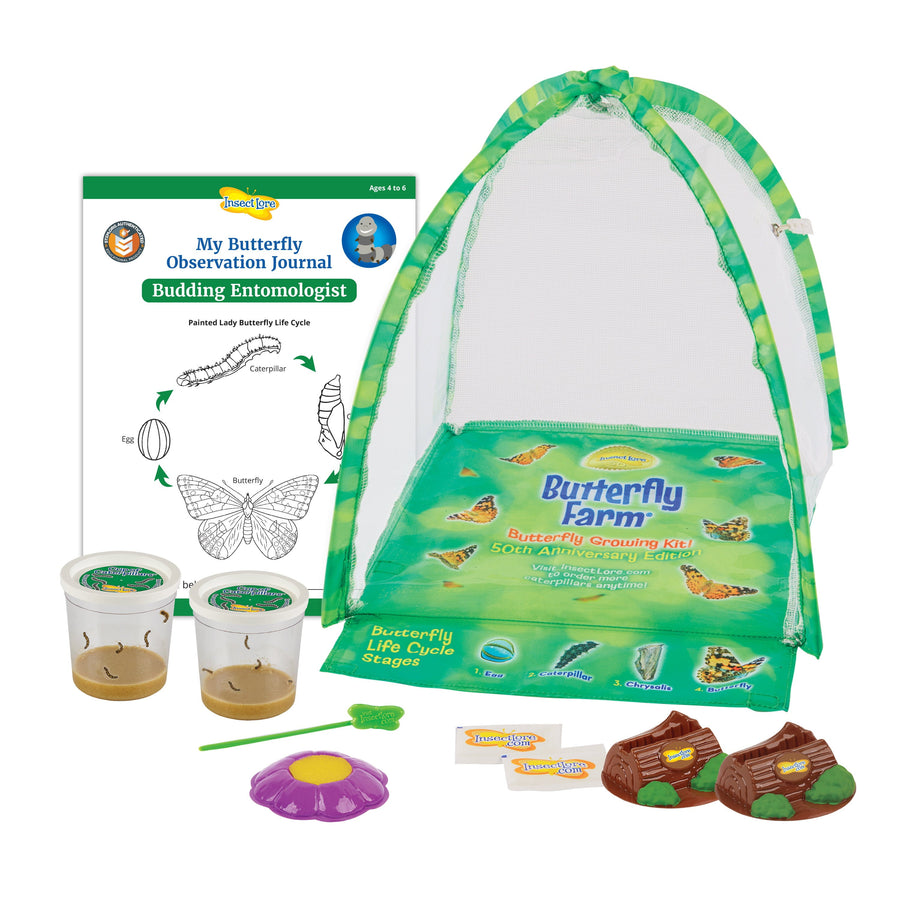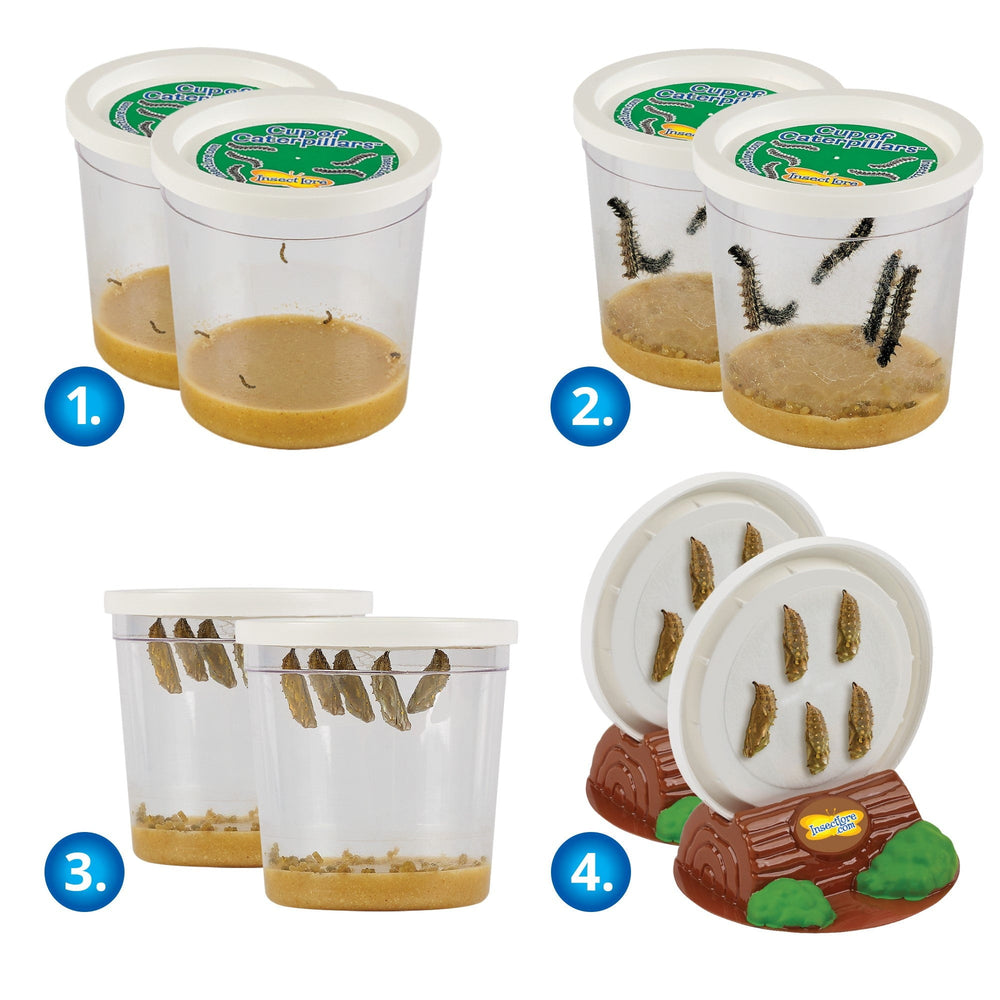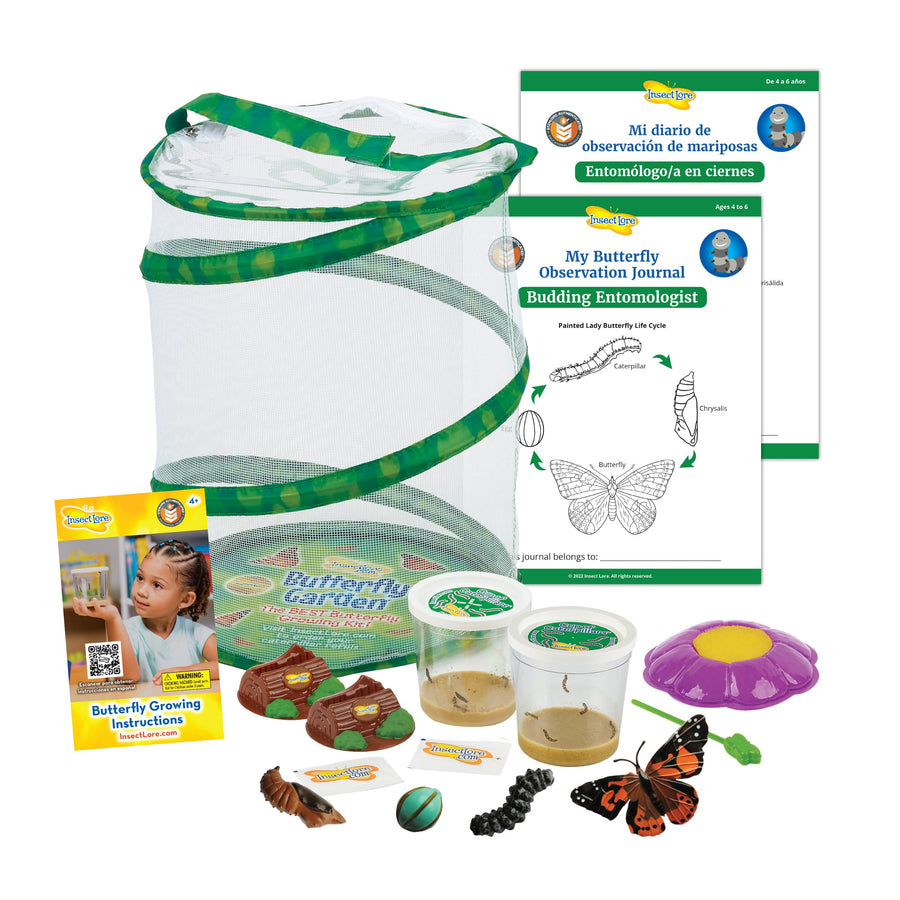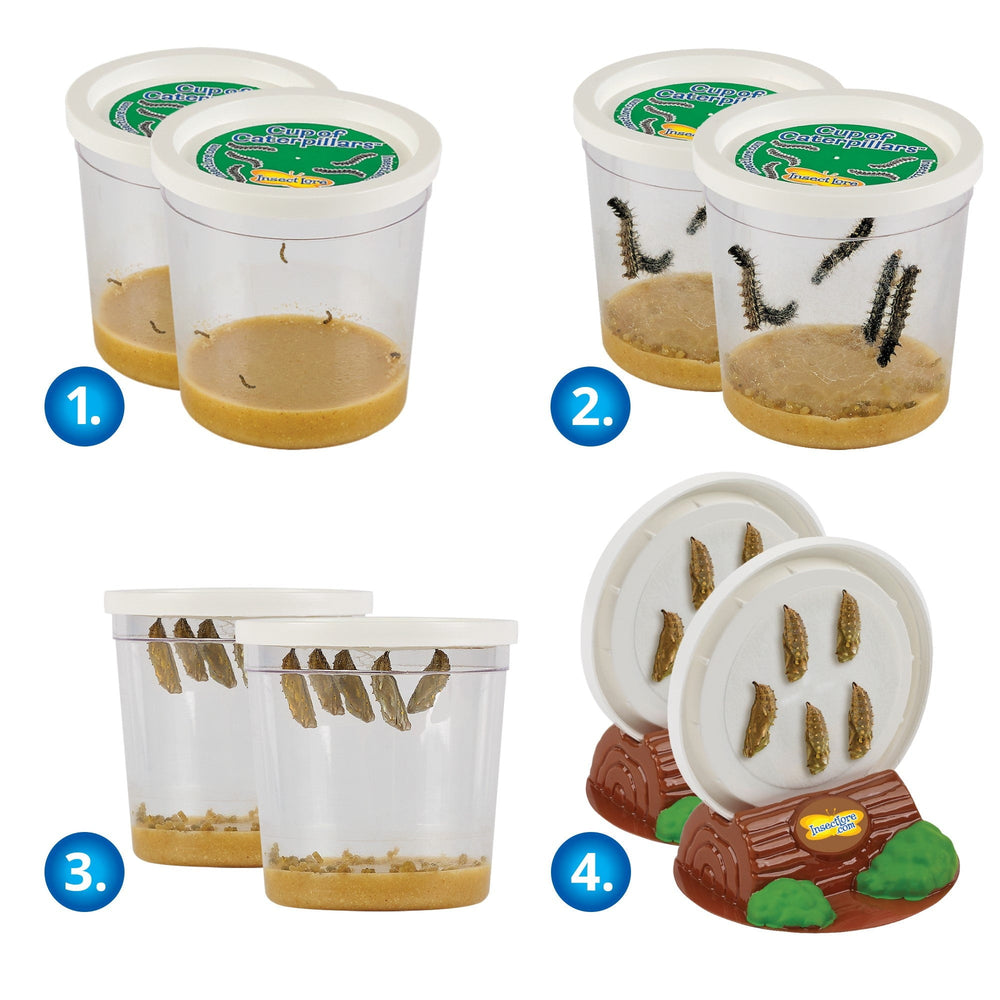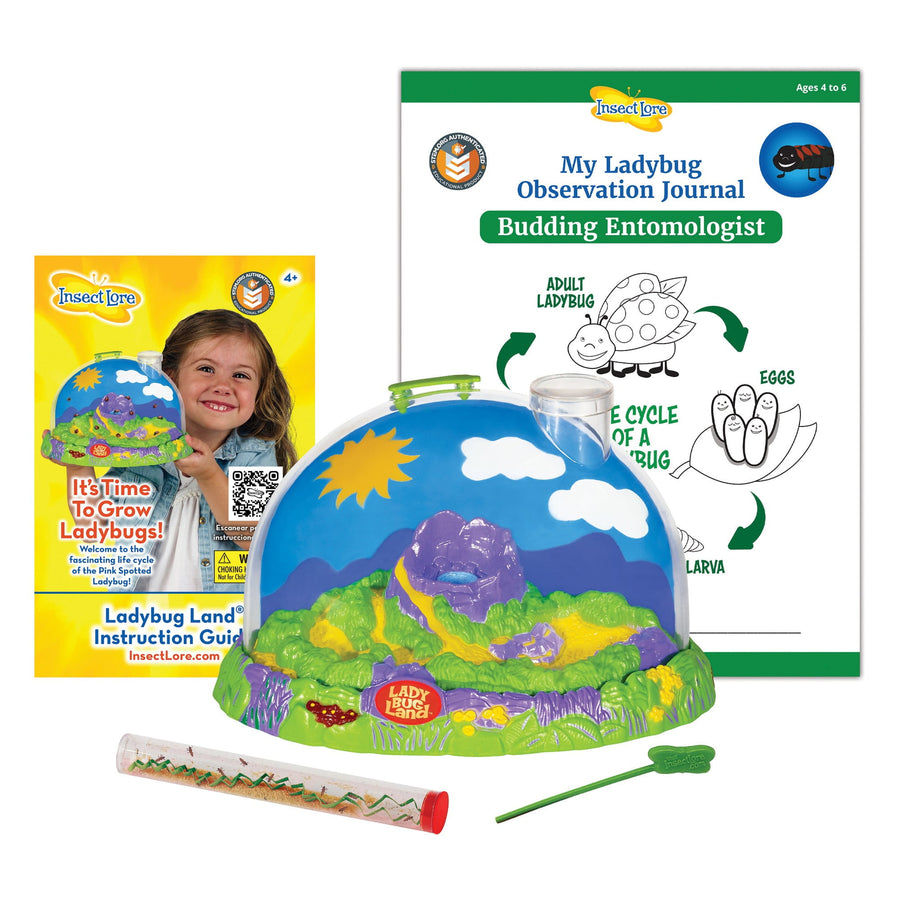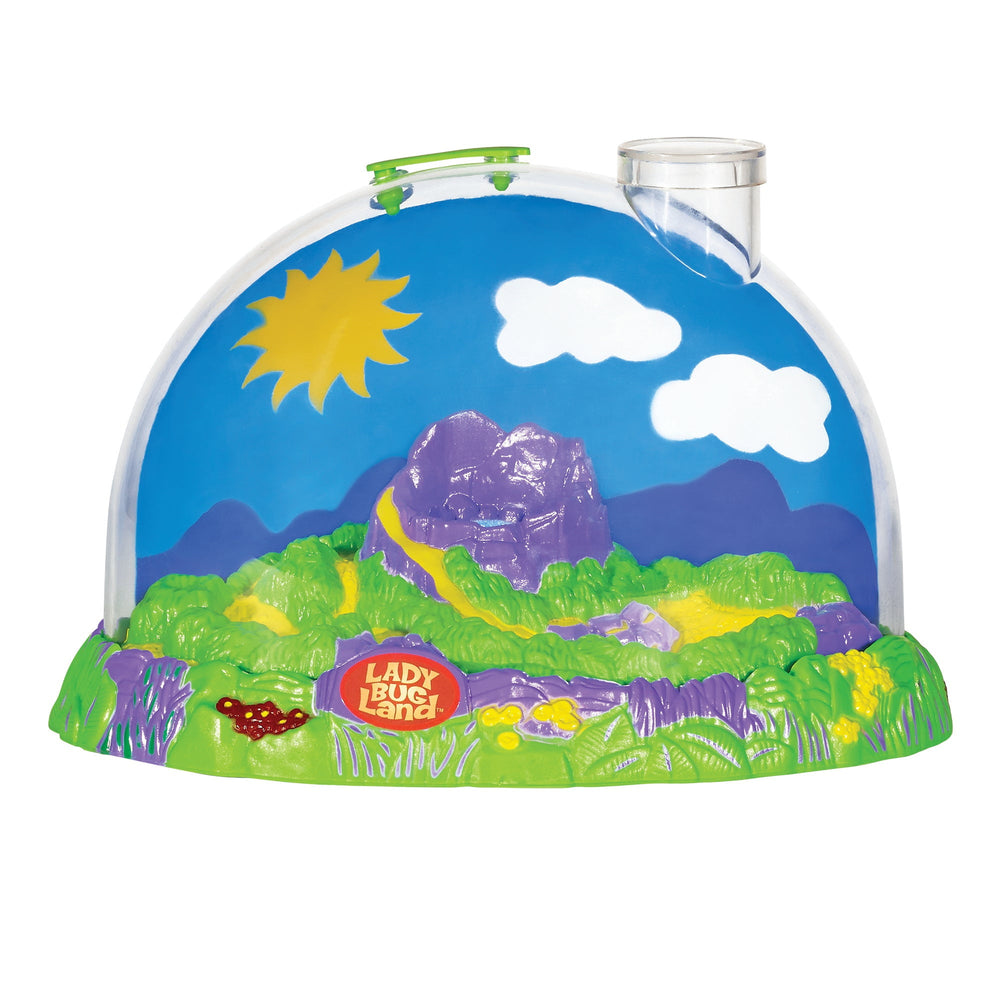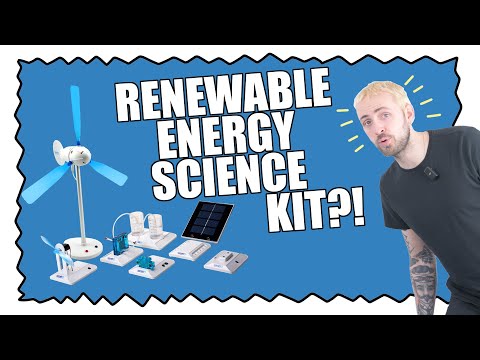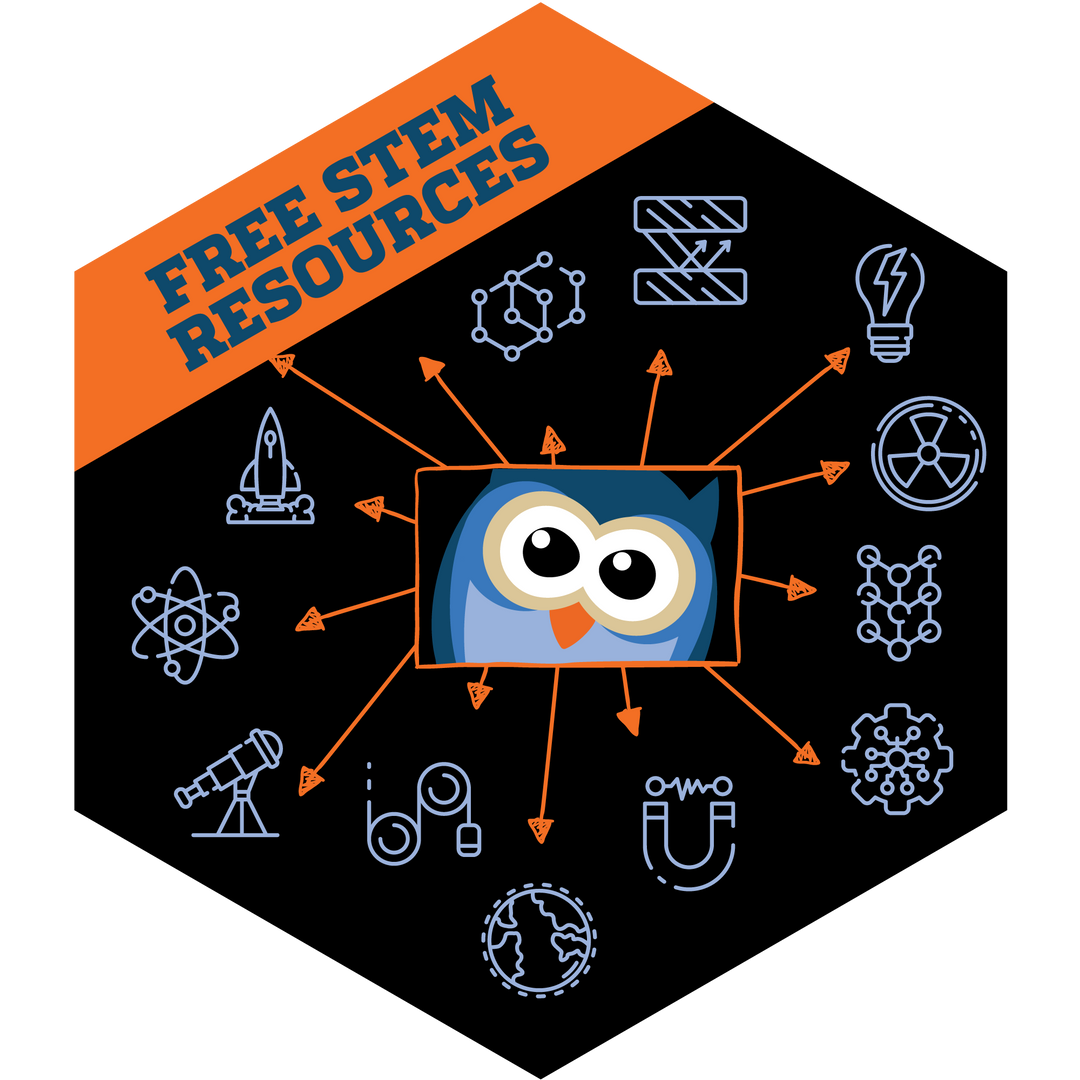Lab-Aids: Photosynthesis, Plants and Food Kit
In the opening activity, student teams use LAB-AIDS‚® atom models to build carbon dioxide and water molecules then "react" them to form sugar and oxygen molecules. To reinforce and extend the concepts from the first activity, students then read about plant's essential role as producers, using the process of photosynthesis to convert carbon dioxide, water, and energy contained in light into energy stored in the bonds of sugar, and other food molecules. They are also introduced to chloroplasts, plant organelles involved in photosynthesis.
Scientific Concepts:
- Cells carry on the many functions needed to sustain life and most cell functions involve chemical reactions
- Plants (and some microorganisms) are producers because they use the process of photosynthesis to make their own food
- Plant cells contain chloroplasts, the site of photosynthesis Photosynthesis allows plants (and many microorganisms) to use solar energy to combine molecules of carbon dioxide and water into complex, energy-rich organic compounds and release oxygen into the environment converts energy in light into stored chemical energy in molecules.
- The energy for life is primarily derived from the sun. Photosynthesis captures energy in light and stores it as chemical bonds in food molecules. These food molecules can be used to provide energy for cellular processes or to assembled larger organic molecules such as proteins, DNA, sugars, and fats.
Content List:
- 1 Teacher's Guide
- 28 Student Worksheets and Guides
- 12 Model carbon atoms (black spheres with 4 pegs), Set of 8
- 12 Model hydrogen atoms (white cylinders with 1 peg), Set of 15
- 12 Model oxygen atoms (blue cylinders with 2 peg), Set of 20
- 12 Model covalent bonds (white tubes), Set of 40
- 1 Transparency 1: Modeling Photosynthesis
- 1 Transparency 2: Comparing Plant and Animal Needs
Classroom Planning:
- Number of students: 24
- To complete the two activities in this kit requires 2-3 ~50-minute class periods.
You may also like
More from Environmental Science
Recently viewed


